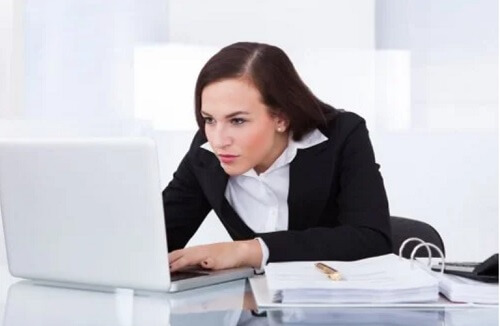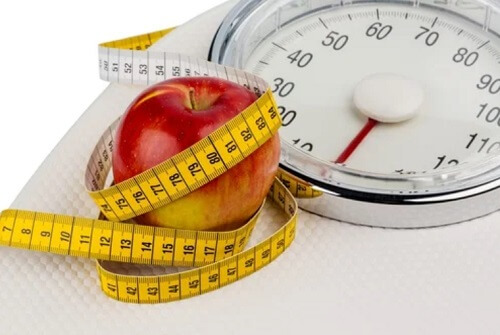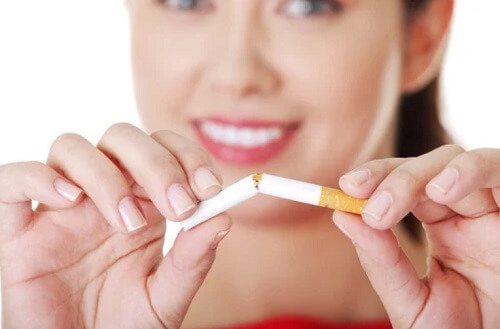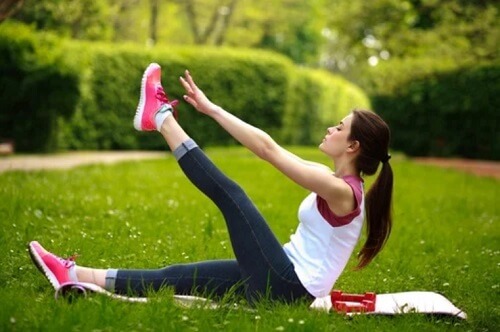Get Rid of Acute Lower Back Pain Now


Reviewed and approved by Doctor Carlos Fabián Avila
Acute lower back pain is a very common condition today. In order to get rid of acute lowe back pain, it’s first essential to understand its causes and symptoms.
It’s characterized by a feeling of tension and stiffness in the lower back. Also, it’s associated with poor posture, stress, and excessive physical activity. However, it can also occur as a symptom of a joint or muscle disease.
Those who suffer from this condition may have difficulties in their ability to move and may experience a continuous tingling or burning sensation. Taking some types of conventional painkillers can reduce these symptoms.
However, in this article, we will reveal 9 alternative methods to get rid of acute lower back pain. After all, anyone can experience it at any time. Discover them below!
9 Natural Ways to Get Rid of Acute Lower Back Pain
1. Take care of your posture

Something as essential as taking care of your posture while walking or resting can significantly reduce continuous back pain. When sitting down, it’s best to support your back, or check that it’s straight.
Should you do any activity that involves lifting a heavy object, you should keep your knees slightly bent to give you more back support. This, among other things, improves performance during work tasks and, in fact, helps you get rid of acute lower back pain.
Also, you might like: 10 Habits that Can Cause Back Pain
2. Do breathing exercises
In addition, doing breathing exercises is one of the best habits to promote the proper oxygenation of body cells. By breathing deeply, the organs receive an extra supply of oxygen, which improves the general feeling of well-being.
Moreover, inhaling and exhaling repeatedly has been shown to have positive effects in relieving severe pain such as discomfort in the lower back. Try to practice mindful breathing twice a day in order to help you relax your back muscles.
3. Adopt an exercise routine

Furthermore, it’s true that rest helps stressed muscles relax. However, it’s necessary to do simple movements to reduce stiffness in muscles and increase their strength.
It’s enough to spend 15 to 20 minutes a day doing simple activities such as walking, stretching or swimming. This latter exercise helps to work the muscles that protect the lower back.
Read also: Simple Exercises for Back Pain
4. Use cold and hot compresses
Applying hot and cold compresses is one of the oldest natural treatments for all types of muscular ailments. Both temperatures improve blood circulation, exert an anti-inflammatory effect and reduce pain.
5. Control your weight

The accumulation of fat, especially on your waist, is also an influential factor in acute lower back pain. Therefore, it’s essential to adopt a healthy diet and incorporate other habits that help get to an ideal weight.
6. Sleep well
A habit so simple (and necessary) as sleeping between 7 and 9 hours a day is a good remedy to get rid of lower back pain. During the rest period, the muscles relax and an optimum oxygenation process takes place which helps to soothe any pain.
However, it’s also essential to make sure you sleep in a good posture, otherwise, you could experience adverse effects. Make sure your pillow and mattres offer the right support, as this will allow your back to relax.
7. Don’t smoke

The toxins contained in cigarettes decrease blood flow to the spine and, in more severe cases, accelerate the degeneration of the spinal discs. Heavy and passive smokers are up to three times more likely to have recurrent back pain compared to those who are not exposed to cigarette smoke.
8. Use a tennis ball
An everyday item like a tennis ball can be used as a therapeutic ally to reduce tension in the lower back. Simply put it on the floor and then lie down on it without putting too much pressure on your back. Use it to give yourself a gentle back massage.
After a few movements, this action will activate blood circulation in the area and you’ll feel a lot less sensitivity in the region. Also, try to roll using circular motions, in a clock-wise direction.
9. Lift your legs up

Lifting your legs up is a simple relaxation technique that can help activate the circulation in both the lower back and lower parts of the body. You should do this lying down in a comfortable place, making sure that your back stays straight on some kind of support.
You can prevent and get rid of acute lower back pain by applying these simple recommendations. Remember these tips from now on and say goodbye to back pain. Also, keep in mind that consistency is key, so try incorporating these remedies to your daily routine.
All cited sources were thoroughly reviewed by our team to ensure their quality, reliability, currency, and validity. The bibliography of this article was considered reliable and of academic or scientific accuracy.
- Casado Morales M.ª Isabel, Moix Queraltó Jenny, Vidal Fernández Julia. Etiología, cronificación y tratamiento del dolor lumbar. Clínica y Salud [Internet]. 2008 Dic [citado 2018 Nov 27] ; 19( 3 ): 379-392. Disponible en: http://scielo.isciii.es/scielo.php?script=sci_arttext&pid=S1130-52742008000300007&lng=es.
- Maradei García Fernanda, Quintana Jiménez Leonardo, Barrero Lope H. Relación entre el dolor lumbar y los movimientos realizados en postura sedente prolongada: Revisión de la literatura. Salud, Barranquilla [Internet]. 2016 Jan [cited 2018 Nov 27] ; 32( 1 ): 153-173. Available from: http://www.scielo.org.co/scielo.php?script=sci_arttext&pid=S0120-55522016000100013&lng=en. http://dx.doi.org/10.14482/sun.32.1.8481.
- Rodríguez Reyes, Laura & Padilla-Zambrano, Huber & Ramos Villegas, Yancarlos & Corrales Santander, Hugo & Moscote-Salazar, Luis. (2017). Obesidad y Dolor Lumbar: ¿Alguna Relación en la Patología Discal?. Archivos de Medicina. 13. 1-2. 10.3823/1361.
This text is provided for informational purposes only and does not replace consultation with a professional. If in doubt, consult your specialist.








